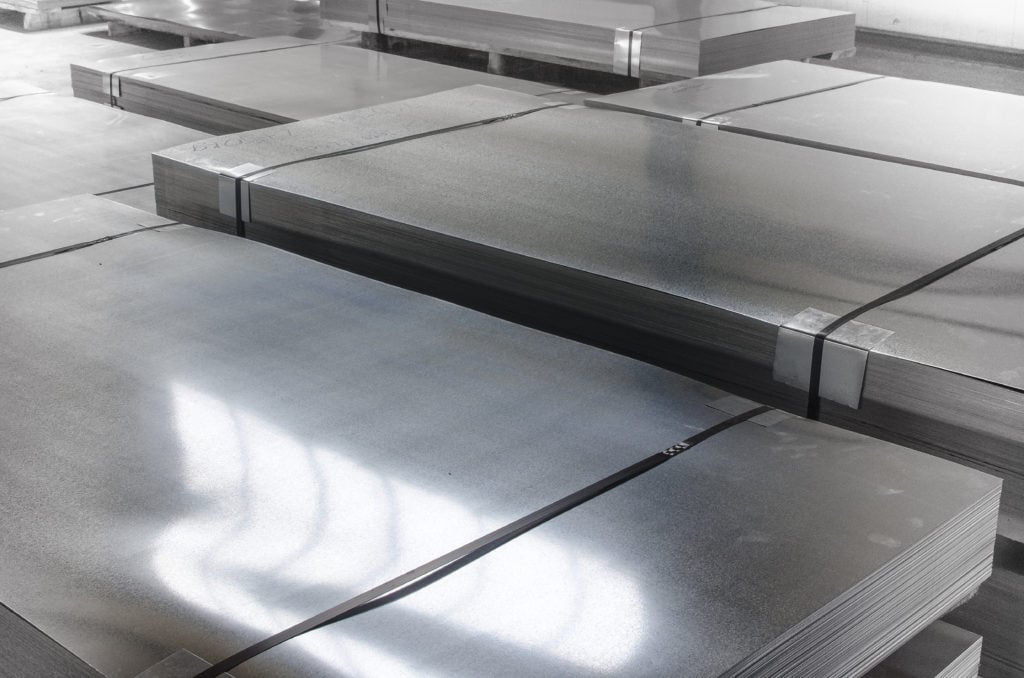Throughout 2021, the market has witnessed a dramatic surge in the prices of steel, stainless steel, copper, and other widely-used base metals. This increase has been a challenge for many manufacturers who rely on these materials for their production processes. Fortunately, ESI has developed strategies to navigate market fluctuations and continue delivering cost-effective and sustainable metal solutions to our clients. Over the years, our deep experience with various metals has given us valuable insights into how changing metal prices can impact operational budgets and long-term planning. According to a recent article published in the New York Times, prices for steel, stainless steel, aluminum, and copper have reached record levels. There are several key factors driving these increases during our post-COVID economic recovery:
While nearly every metal market is feeling the pinch due to supply shortages and high demand, those most commonly used in industrial production are the hardest hit. Manufacturers should anticipate significant price increases in steel, aluminum, copper, and nickel.
How to Select the Right Material for Your Stamped Metal Part: Learn More Here Although forecasts predict a decline in record-high metal prices as the global economy recovers, they are unlikely to return to pre-pandemic levels anytime soon. The market may remain tight well into 2022, especially with large-scale infrastructure projects underway in the U.S. and China driving demand for these metals. The pandemic is not only impacting prices but also causing longer lead times for certain materials due to shipping challenges. Given the current supply constraints, we recommend adding several months or more to your production timelines in 2022.
Due to sourcing uncertainties, many projects are facing delays in lead times. It's crucial for your planning to understand how the metal materials in your project might affect turnaround times and costs—our team at ESI is here to assist with that. To stay ahead, ESI is over-committing resources to ensure we secure the necessary materials for future projects. Our longstanding relationships with metal vendors over the past 30 years keep us informed about these market trends, allowing us to offer alternative design and material suggestions that could result in better costs or faster delivery without compromising your project requirements.
No matter the state of the market, our metal experts at ESI strive to maintain competitive pricing for our customers. We continuously monitor metal costs and trends to guarantee your project is completed in the most cost-effective way possible. For more information on pricing for our metal products and services, contact us today!
{
"@context": "https://schema.org",
"@type": "FAQPage",
"mainEntity": [{
"@type": "Question",
"name": "When Will Metal Prices Drop and Lead Times Stabilize?",
"acceptedAnswer": {
"@type": "Answer",
"text": "Throughout 2021, the market has seen prices for steel, stainless steel, copper, and other popular base metals rise significantly. Fortunately, ESI has learned how to work with market fluctuations to create sustainable, cost-effective metal products for our customers. Our extensive experience working with a variety of metals also gave us an inside look at the effects that fluctuating metal prices can have on the overall cost of business operations."
}
}, {
"@type": "Question",
"name": "Why Are Metal Prices Increasing?",
"acceptedAnswer": {
"@type": "Answer",
"text": "According to a recent article published in the New York Times, prices for steel, stainless steel, aluminum, and copper are at record highs. There are three primary reasons for the price increase in our post-COVID economic recovery period."
}
}, {
"@type": "Question",
"name": "Which Metals Are Affected?",
"acceptedAnswer": {
"@type": "Answer",
"text": "While supply shortages and high demand are affecting almost every metal market, the metals most frequently used in industrial production are the most affected. Manufacturers can expect to see increases in steel, aluminum, copper, and nickel especially."
}
}]
}
Folding Table,Foldable Table,Folding Desk,Folding Dining Table Wuxi Changchen Technology Co., Ltd , https://www.wxchangchen.com
Why Are Metal Prices Rising?
Which Metals Are Most Affected?

When Will Prices Drop?
Stay Competitive with Cost-Efficient Metal Products from ESI
Comments are closed